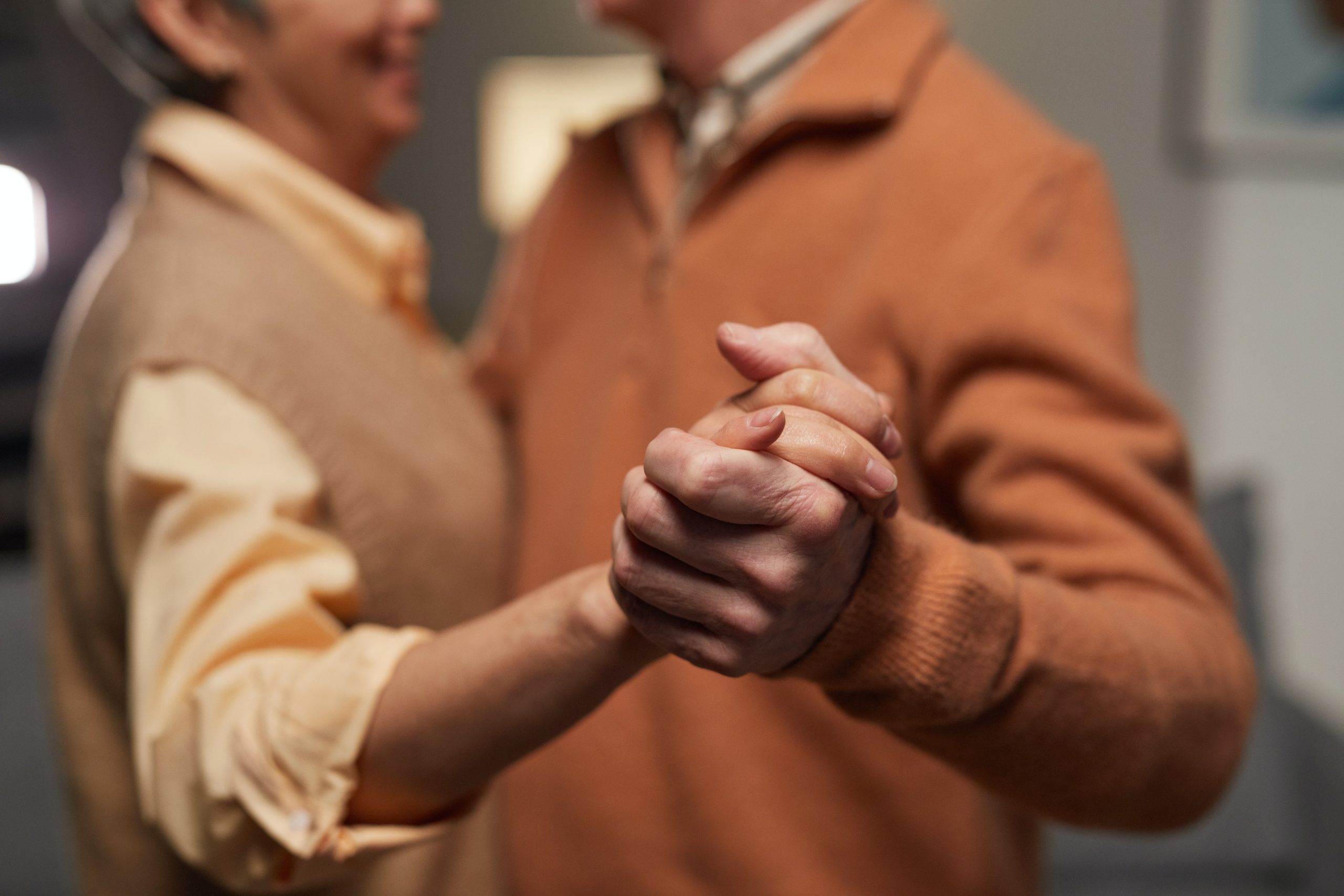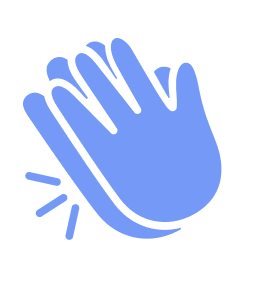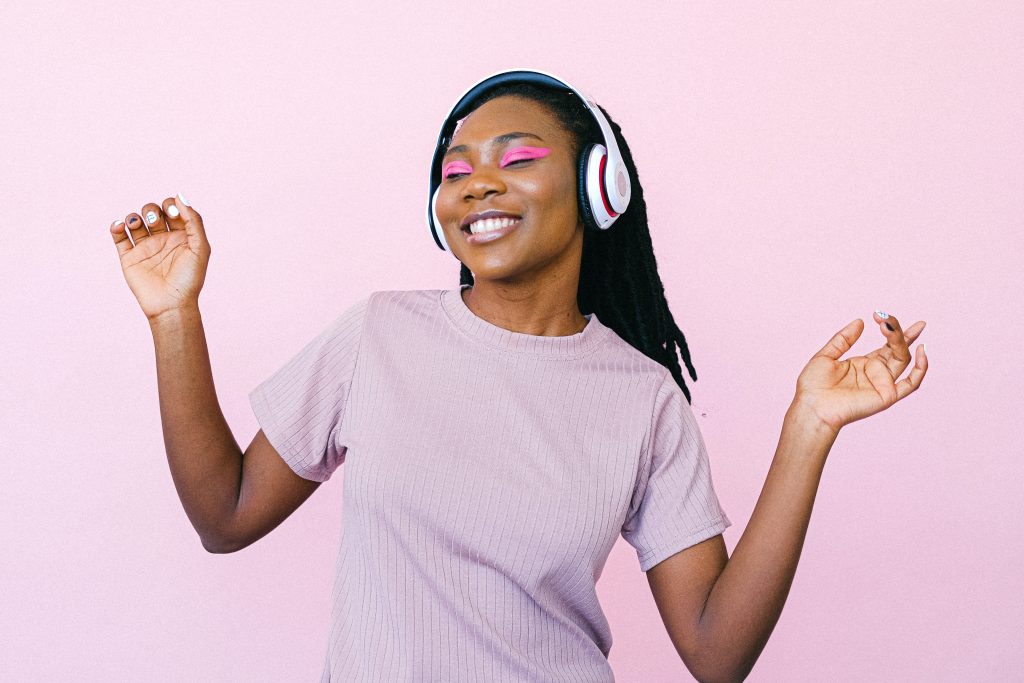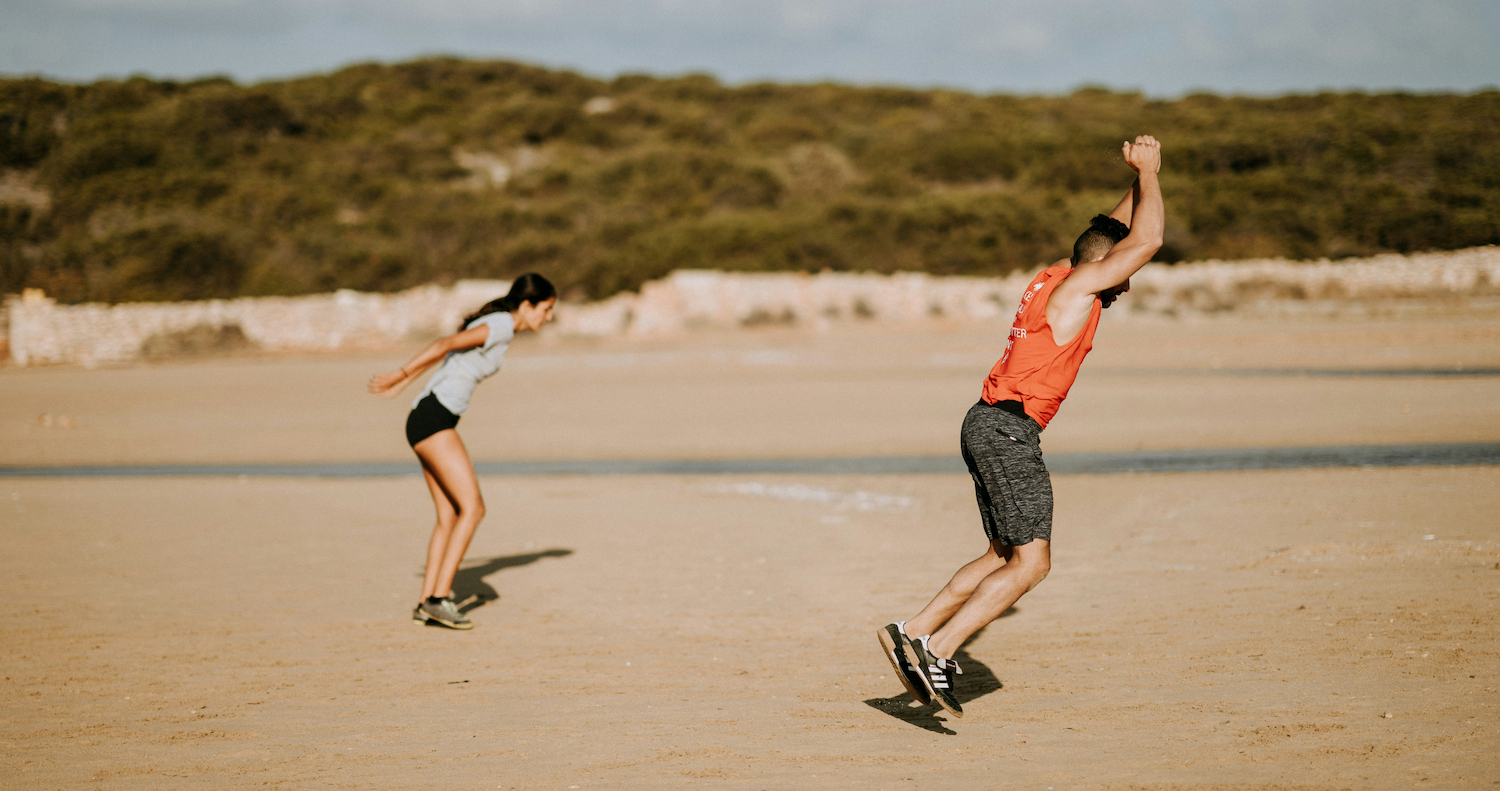Many people find it difficult to engage in any type of routine physical activity on a consistent basis. Not everyone enjoys arising early and going for a solo run, while lifting weights after a long and hard day of work may not be the most appealing to do. So how do you stay engaged in physical activities and not quit just after a few training sessions? This issue can be resolved by modifying your workout regimen to be less strenuous and more relaxing, more like a rest after a long day rather than just another duty on your long list of daily tasks. And that’s when the dance comes on stage. What makes dancing so great is that moving to the beat of the music seems more like a dance party than a workout.
Benefits that dancing may provide for your health

Dancing is a fun way to stay physically active while also remaining relaxed. When it comes to improving your health, dancing is no worse than physical exercise, while being an often more enjoyable and relaxed way to achieve your physical and mental goals.
1Dance cuts the risk of heart disease almost in half
According to a study with more than 48000 adults aged over 40, moderate-intensity dancing is linked to a lower risk of cardiovascular disease mortality. Specifically, this study found that people who danced had a 46% lower risk of dying from heart disease. Scientists suggest that high-intensity bouts during dancing may be one of the reasons why dancing can lower the mortality rate from cardiovascular disease.
Dancing can enhance heart health and is an easy way to acquire the 150 minutes of moderate-intensity activity recommended by the UK Chief Medical Officers’ Guidelines. All styles of dance make for great cardio workouts because your heart is challenged by having to execute energetic movements. Also, dancing’s aerobic nature means it can help boost blood flow and oxygen supply to the body, which can help to strengthen and improve the heart’s functions.
2Dancing is helpful for cognitive function
Physical activity, such as dancing, can help to prevent cognitive decline. Your memory and mind may suffer because of a decline in brain metabolism, but dancing can fix that. A study from the University of Wisconsin showed that moderate physical activity increases glucose metabolism across all brain regions, which leads to improved function of the brain.
Another way that dancing may boost cognitive performance is by stimulating the brain. Dancing involves complex movements and coordination, which can challenge the brain and help to improve its function.
3Dancing may help prevent dementia
A study which included 469 elderly people discovered that leisure activities such as reading, playing board games, playing musical instruments, and dancing were connected with a lower incidence of dementia. Regular dancing reduced the risk of dementia by 76%! The findings for Alzheimer’s disease and vascular dementia were comparable.
4Dancing has a significant effect on relieving depression
It is well known that exercise or physical activity helps release endorphins, which are chemicals in the brain that produce feelings of happiness and pleasure. It also increases the levels of serotonin, which is responsible for mood regulation and emotions. Dancing has been shown to be an effective treatment for depression.
However, dancing does more than just make you feel better. In fact, dance can be used as a treatment for depression. A 2019 review that was published in Frontiers in Psychology showed that dance movement therapy is an effective intervention in the treatment of adults suffering from depression.
5Dance can help us feel more socially connected
People are very social beings and it’s important for us to feel socially connected. Connectivity is a critical component of both mental and physical wellness. It has been found that feeling lonely or socially isolated can have a wide range of mental and physical health consequences. Whether you’re going to a dancing class, having fun dancing with your friends, or with your family, being in the company of other people is beneficial for your overall health. Dancing is one of the most pleasurable ways to spend time with someone.
6Dancing is linked to better flexibility and balance
Dancing helps enhance flexibility since it involves a variety of motions that stretch and flex the body’s muscles. Regular dancing can help promote general flexibility as well as the health and function of the muscles and joints over time. The 12-week study that involved 268 students found that a weekly 3-hour salsa and bachata class has a positive impact on flexibility and balance.
7Dancing brings activity to everyone
Physical activity is a great way to stay fit and healthy. But unfortunately, not everyone has a chance to practice fitness due to injuries, restricted mobility, chronic health problems, or other diseases. But some types of dance are appropriate for people with disabilities. Dance may be modified as a physical exercise for people who are unable to engage in strenuous motions due to physical or psychological restrictions. In many cases, a modified form of dancing provides great advantages. Dance as movement therapy can help with a variety of diseases
The downsides of dancing

Whether you’re taking a dance class or simply dancing with friends at a party, dancing is unlikely to be very intense. Dancing is mostly low or moderate-intensity and only causes harm in a small percentage of cases, mostly in professional dancers.
Dancing can put a strain on your bones and muscles, but only if you push yourself too hard. This can lead to muscle strains, sprains, and other injuries. A study that was published in the Journal of Physical Education and Sport and was concerned with professional dancers showed that musculoskeletal problems are a serious health concern for dancers. The majority of dancers reported more than one dance-related injury, regardless of what style of dance they practiced.
Dancing can be physically demanding, especially if you choose to participate in high-intensity styles of dance. If you are new to physical activity, you may experience excessive fatigue or muscle soreness. Your body will gradually get used to the loads that come with dancing, but it’s important to listen to your body and take breaks as needed to prevent overexertion.

How to dance the right way
The reason we crossed out the words ‘the right way’ is that there is no right or wrong way to dance. To dance cool, you don’t have to be a national champion! The beauty of dance is that you cannot really go wrong with it. When it comes to dancing recommendations, the experts all agree that having fun is the most essential thing. However, if you want a more extensive guide on how to begin dancing, here are a few tips.
Let go of your fear
This is the first and most important thing. No one is a perfect dancer! Dancing is about having fun and expressing yourself through movement, not about being perfect. Instead of worrying about what others might think of your dancing, try to let go and focus on the music. Let the music guide your movements and try to have fun with it. So dance like no one is looking and have fun.
The dance chooses the person, remember…
Dance may be as intense as you want it to be, depending on your mood, and preferences. There are many different styles of dance to choose from, including ballet, jazz, tap, hip-hop, contemporary, ballroom, and more. Try out different dance styles; you might find that you get the most enjoyment from a dance that you were not initially interested in. Here are some dance styles to try out:
Hip hop: A style of dance that originated in the African American and Latino communities and is characterized by its use of body isolations and intricate footwork. Hip-hop dancing is often an active kind of dance with ‘street-style’ moves.
Ballet: A classical dance form characterized by grace and precision of movement. Ballet teaches you about timing, turns, specific positions and postures and timing. You’ll also notice an increase in flexibility, balance, and core strength.
Jazz: An energetic style of dance that originated in the United States and is characterized by its use of improvisation and syncopated rhythms. It’s a high-energy dancing style characterized by peppy music with kicks, jumps, and twists. As a result, it provides intense cardiac exercise and can significantly improve agility.
Salsa: A style of dance that originated in the Caribbean and is characterized by its lively, energetic movements and sensual style. You dance salsa with a partner. Salsa may be a terrific way to bond with your partner or meet new people while also working up a sweat.
Tap: A style of dance that involves wearing special shoes with metal taps, which create sound as the dancer moves and strikes the floor. Tap is a distinct dancing form that includes layering rhythm on top of music using your tap shoes. It’s quite a cool intense aerobic exercise.
Ballroom: A formal dance style that includes a variety of partner dances, such as the waltz, tango, and foxtrot. Ballroom dancers use precise footwork and elegant body movements to execute a wide range of dance styles.
Take dancing classes or practice on your own
Dancing classes are a great way for people of all ages and skill levels to learn new dance styles and techniques. Dance classes can be a fun and social activity, and they can also provide a great workout and improve your physical condition. There are many different types of dance classes available, including classes with different skill levels.
A Zumba class is one of the good options. Zumba is a fitness program that mixes Latin-inspired dances with a cardio workout. Beto Pérez, a Colombian dancer and choreographer, invented Zumba in 2001, and millions of people worldwide now attend weekly Zumba classes. Zumba is an excellent choice for fitness dancing because it combines elements of dancing and aerobic exercises.
But if you don’t feel like going to dance classes, you can dance in the comfort of your own home. We live in a time when we can learn almost any activity without leaving our homes, and dance is no exception. YouTube may give you help with dancing tutorials, follow-along routines, and dance party workouts.
Don’t forget about the pair of good shoes
Also, if you’re going to dance classes, don’t forget about dancing shoes. Essentially, the best option is a shoe that makes you feel the most comfortable. However, specific shoes may be required for a particular dance style. For example, ballet dancers typically wear ballet slippers, while jazz dancers may wear jazz shoes.
Fun & curious facts about dancing
Dancing has been a part of human culture for thousands of years. Archaeologists discovered rock paintings depicting dances that were approximately 10,000 years old.
The moonwalk, a dance move made famous by Michael Jackson, was actually invented by a dancer named Jeffrey Daniel.
Let’s sum dancing up

Dancing is a great way to unwind after a long day while also staying fit and reaping numerous health and mental benefits. Dancing is also a great way to stay physically active for those who can’t participate in more intense activities because of its harmless nature. Overall, dancing is a great choice to improve your health, have fun, and socialize with others.
So, let go of your fears and insecurities and get dancing!
Not enough? Here is more from our colleagues!
Take a look at a beginner dancing workout from the Improved Health YouTube channel. This 20-minute workout not only helps you maintain your physical form but also helps you take your first steps toward learning to dance and feeling more comfortable when dancing. The Improved Health channel is dedicated to helping others live improved lives of quality, health, and purpose.
Receive Exclusive Tips & Weekly Digest – subscribe to our newsletter









